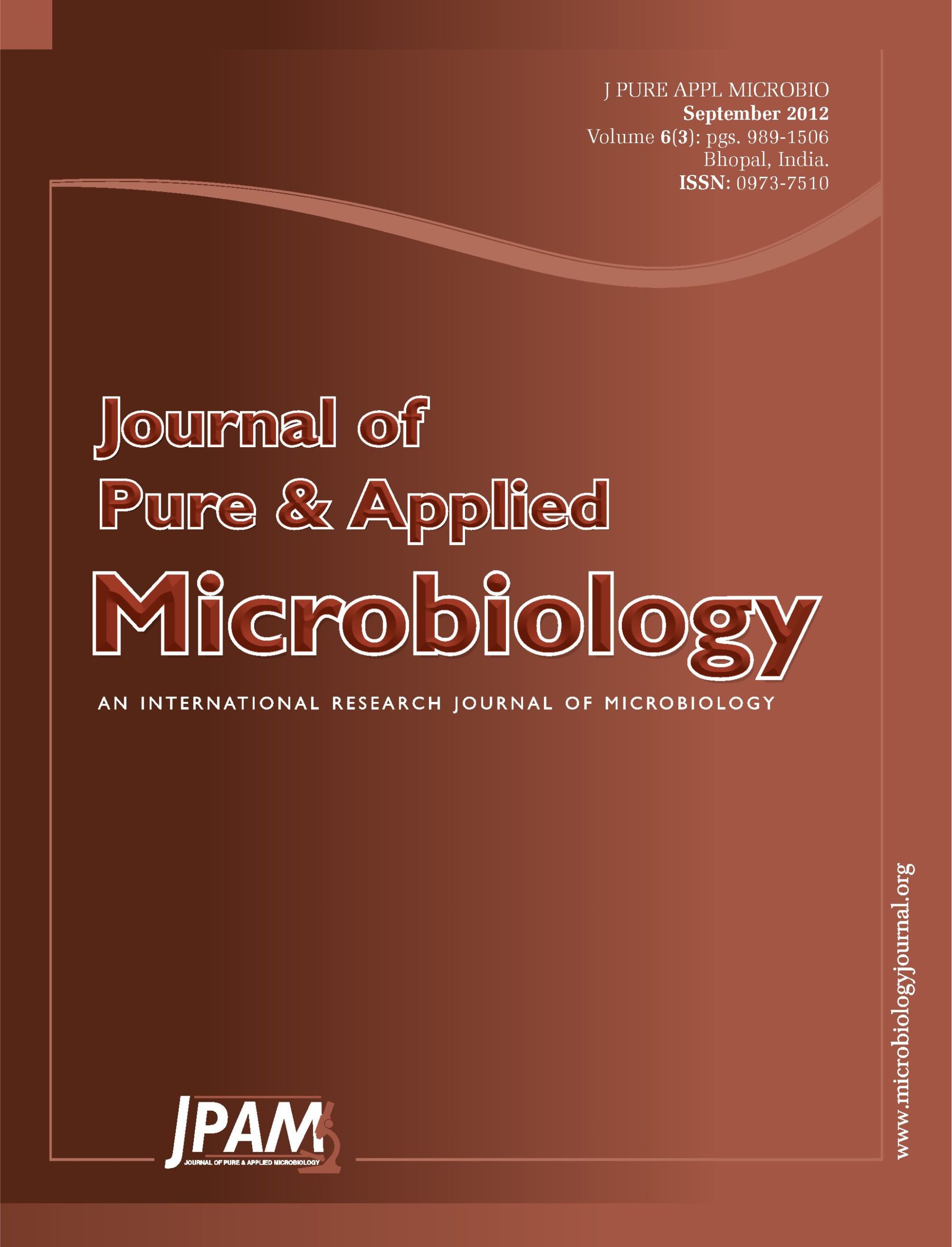The phylogenetic diversity of microorganisms living at high salt concentrations is surprising and great as well. Halophiles are found in each of the three domains: Archaea, Bacteria, and Eucarya. Many archaea colonize extreme environments. They include hyperthermophiles, sulfur-metabolizing thermophiles, extreme halophiles and methanogens. Because extremophilic microorganisms have unusual properties, they are a potentially valuable resource in the development of novel biotechnological processes. Despite extensive research, however, there are few existing industrial applications of either archaeal biomass or archaeal products in centuries-old processes. Hence this review summarizes current knowledge about the biotechnological uses of archaea and archaeal products with special attention to potential applications that are the subject of current experimental evaluation which are of key importance for the development of new biotechnological tools.
Archaea, Hypersaline environment, Biotechnological application, Phylogenetic analysis, Crenarchaeota, Euryarchaeota, Korarachaeota, Nanoarchaeota and Thaumarchaeota
© The Author(s) 2012. Open Access. This article is distributed under the terms of the Creative Commons Attribution 4.0 International License which permits unrestricted use, sharing, distribution, and reproduction in any medium, provided you give appropriate credit to the original author(s) and the source, provide a link to the Creative Commons license, and indicate if changes were made.


